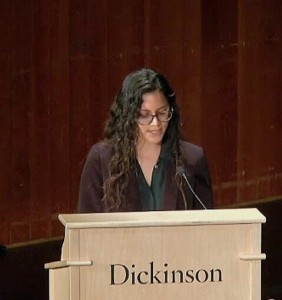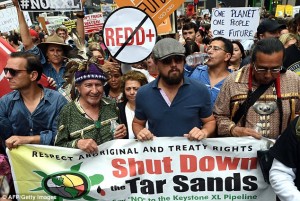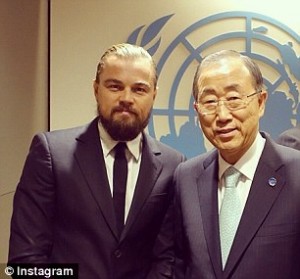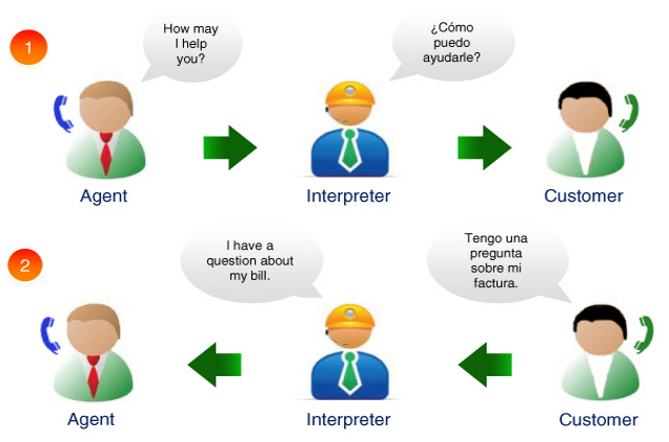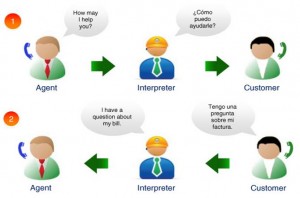[youtube_sc url=”https://www.youtube.com/watch?v=iLO2Z-J0Zxo&list=UUFcmN7CK6BV9lbr_H8C-pQw&index=1″]
Once the issue of global climate change became apparent through publications like the IPCC’s first report, international groups around the world saw it in their best interest to take action in combatting climate change. The UNFCCC is one result of this thinking and the ICLEI (International Council for Local Environmental Initiatives) is another. The ICLEI, under its tag line “local governments for sustainability”, is a network of 1,000 local governments in 84 countries aiming for more sustainable, resilient, resource-efficient, bio-diverse, and low carbon communities and green urban economies. In fact, the ICLEI (created in 1990, put into action in 1991) was taking action before the UNFCCC was even created. In its 22-years of existence thus far, the ICLEI has been fairly successful in reaching its aims as far as anyone can tell, but like many other transnational networks, the effectiveness of the ICLEI’s efforts are next to impossible to check, making it harder to determine its overall level of success.
Transnational governance involves taking action against climate change outside of international regimes by networks made up largely of local and sub-national governments and NGOs, mixing both the private and public sectors (Bulkeley and Newell, 53-56). Because transnational networks do not have the same level of legality as international regimes to enforce compliance, to reach their goals they rely on “soft” powers in the realms of information-sharing, capacity-building and implementation, and regulation (Bulkeley and Newell, 56).
Just as Bulkeley and Newell write, the ICLEI works towards climate change governance through the three above-mentioned soft powers. All member-localities share practices and experimental projects carried out in their communities, allowing others to learn from their experiences. Capacity-building and implementation efforts include training local leaders in sustainability initiatives and distributing expertise from leaders in sustainable fields. ICLEI’s soft regulations consist of the membership requirement of making self-determined sustainable development goals, paired with network framework for actions and alliances (“Who is ICLEI?”). Additionally, ICLEI increase international cooperation as well, partnering with national governments, foundations, educational institutes, international institutions, private companies, NGOs, and other networks of local governments (“Our Members”).
The progress of the ICLEI is hard to track. Because ICLEI’s members are not in a box, it is hard to determine which efforts can be attributed to ICLEI membership versus other network memberships, or even the country’s UNFCCC membership. There have been some remarkable efforts, though, that the ICLEI has been able to track. One of the first programs under ICLEI, Cities for Climate Protection (CCP), has reduced greenhouse gas emissions by 6 million tons of CO2 equivalents (“Who Is ICLEI?”), or about 5x the amount of Mexico’s 2011 annual greenhouse gas emissions (Boden, T.A., G. Marland, and R.J. Andres). In terms of capacity-building and implementation efforts, there have been over 1,000 capacity-building projects carried out since the start of ICLEI (“Who is ICLEI?”).
Looking at these successful data, one can see that the ICLEI has had success in helping to govern climate change by giving various actors a voice. Instead of just working with nation-states as international regimes do, the ICLEI and other transnational networks work with all levels of actors from all different sectors. Transnational networks will not be able to combat climate change on their own, but as the recent history of the UNFCCC and COPs like COP 15 exemplify, the nation-states are not doing as well as many hoped in combating climate change on their own either. Thus, as long as transnational governance efforts like ICLEI are doing no harm, which from their data this looks highly unlikely, any help they can add outside of the international regime’s work is greatly needed and appreciated. Only a truly cooperative and interconnected, multi-lateral, multi-sector effort will have shot at combating climate change at the levels the earth needs.
Works Cited
Boden, T.A., G. Marland, and R.J. Andres. 2011. Global, Regional, and National Fossil-Fuel CO2 Emissions. Carbon Dioxide Information Analysis Center, Oak Ridge National Laboratory, U.S. Department of Energy, Oak Ridge, Tenn., U.S.A. doi 10.3334/CDIAC/00001_V2011
“Our Members”. ICLEI: Local Governments for Sustainability. Web. 27 Sep. 2014.
“Who Is ICLEI?”. ICLEI: Local Governments for Sustainability. Web. 27 Sep. 2014.






